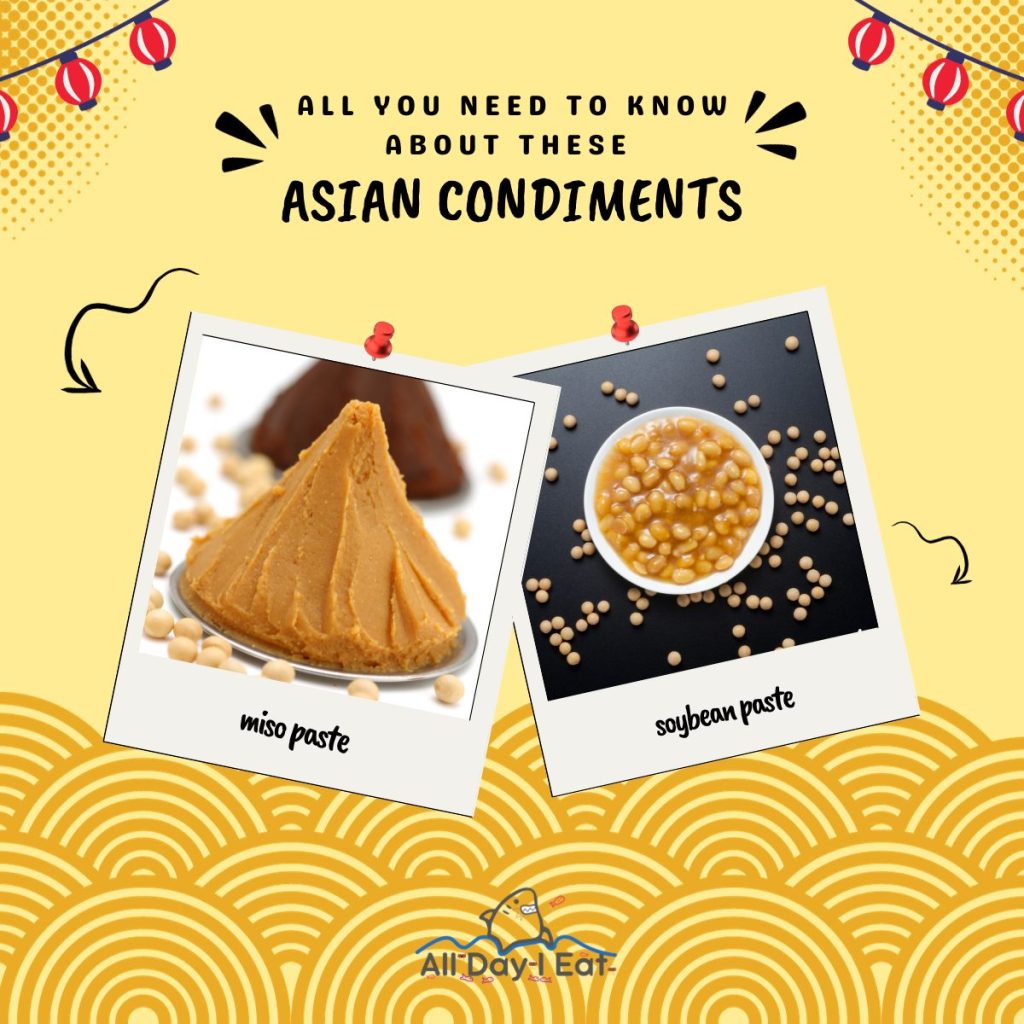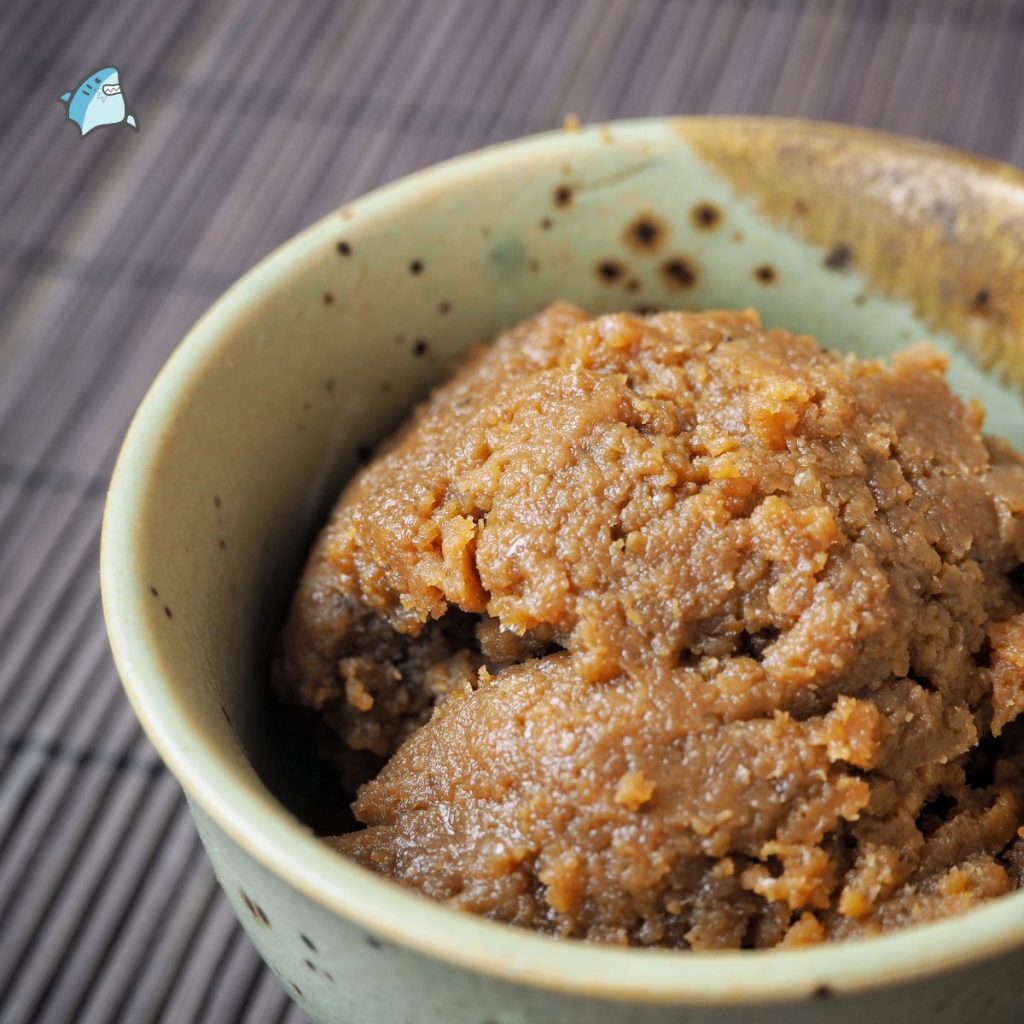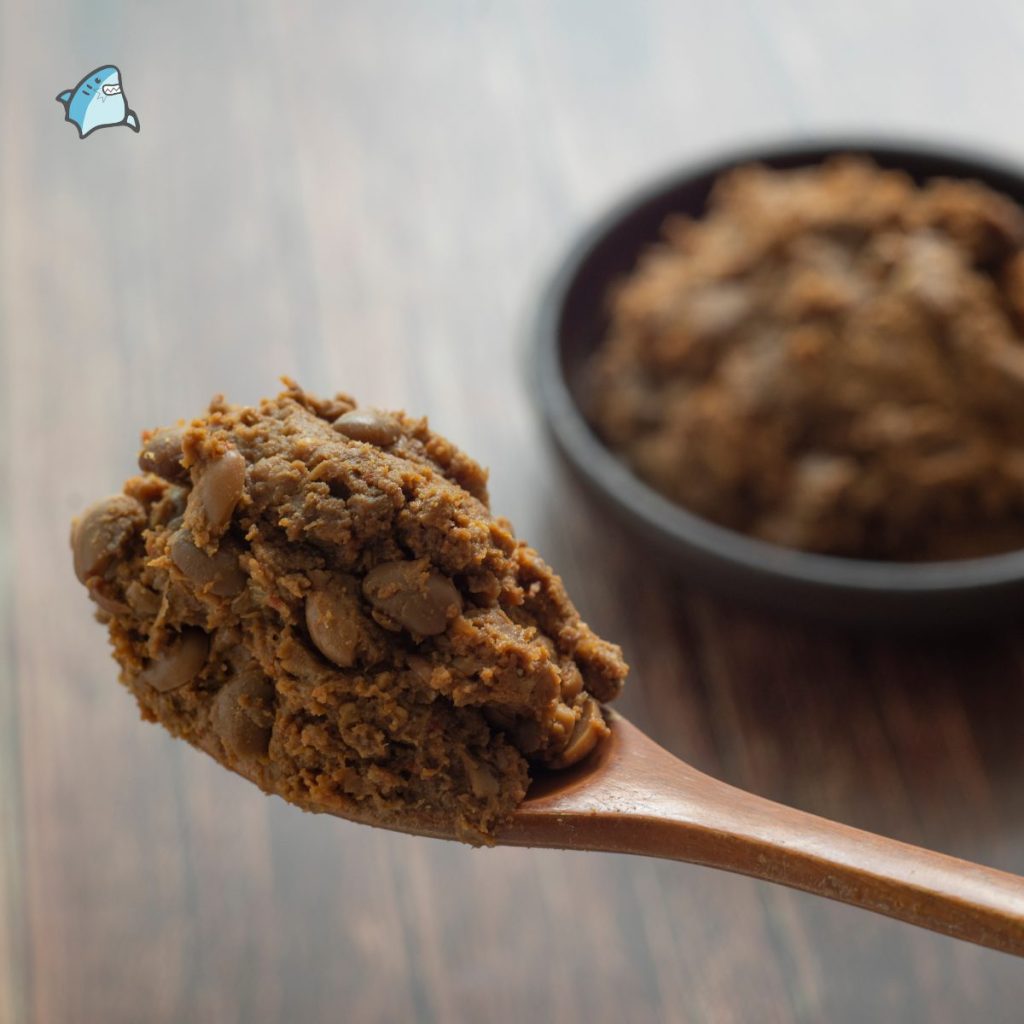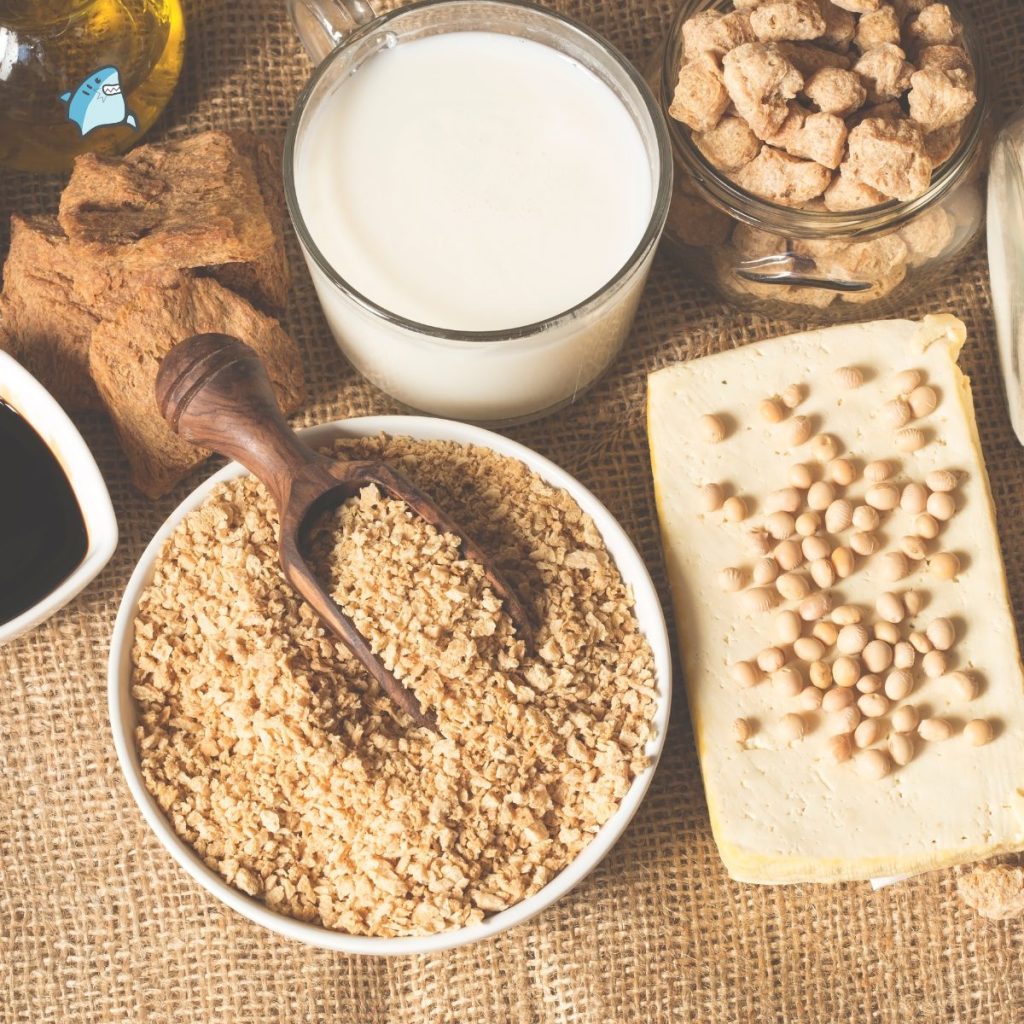Are you curious about the differences and want to compare miso paste vs soybean paste? Look no further!
In this article, we’ll explore the origins, production methods, flavor profiles, culinary uses, and health benefits of these two popular condiments.
By the end, you’ll have a deeper understanding of the unique qualities and applications of miso paste and soybean paste.
So, let’s dive in and discover the distinctive flavors and rich histories of these essential ingredients!
Key Takeaways

- Miso paste originated in 7th century Japan and is a staple in Japanese cuisine, while soybean paste, known as doenjang, has its roots in ancient Korea.
- Miso paste is made from fermented soybeans, rice or barley, while soybean paste is made from fermented soybeans and salt.
- Miso paste offers a deep, complex umami flavor with hints of sweetness, saltiness, and earthiness, while soybean paste has a stronger, nuttier taste that showcases the natural flavor of soybeans.
- Both miso paste and soybean paste have health benefits, containing probiotics for gut health, antioxidants for disease prevention, and essential nutrients.
Miso Paste vs Soybean Paste: Origins and History

To understand the origins and history of miso paste and soybean paste, let’s delve into their respective backgrounds and cultural significance.
Miso paste, a staple in Japanese cuisine, dates back to 7th century Japan. It was introduced by Buddhist monks who brought the art of fermentation from China. Made from fermented soybeans, rice or barley, miso paste undergoes a long fermentation process, resulting in its rich umami flavor.
On the other hand, soybean paste, known as doenjang in Korean cuisine, has its roots in ancient Korea. It’s made from fermented soybeans and salt, and its history can be traced back to the 10th century.
Both miso paste and soybean paste have played integral roles in their respective cultures, adding depth and complexity to dishes for centuries.
Miso Paste vs Soybean Paste: Production Methods

Now let’s delve into the production methods of miso paste and soybean paste, exploring how these two condiments are made.
Miso paste is traditionally made by fermenting a mixture of soybeans, salt, and a mold called koji. First, soybeans are cooked and then mixed with koji and salt. This mixture is then left to ferment for months or even years, resulting in a rich and savory paste.
On the other hand, soybean paste is made by grinding cooked soybeans and mixing them with salt. The mixture is then left to ferment for a shorter period, usually a few weeks. The resulting paste has a stronger and saltier flavor compared to miso paste.
Both miso paste and soybean paste undergo fermentation, but the ingredients and fermentation period differ, resulting in distinct flavors and textures.
Miso Paste vs Soybean Paste: Flavor Profiles

The flavor profiles of miso paste and soybean paste differ significantly. When it comes to taste, these two condiments offer distinct experiences.
Here are three key differences to consider:
1. Umami richness
Miso paste has a deeper, more complex umami flavor, thanks to the fermentation process. It offers a savory, slightly sweet taste with hints of saltiness and earthiness.
2. Soybean intensity
Soybean paste, on the other hand, showcases the natural flavor of soybeans. It has a stronger, nuttier taste that can be described as bold and robust.
3. Fermentation duration
Miso paste undergoes a longer fermentation period compared to soybean paste, which contributes to its unique flavor. This longer fermentation enhances the depth and complexity of the miso’s taste.
Understanding these flavor profiles will help you choose the right condiment to enhance your dishes with their distinctive tastes.
Miso Paste vs Soybean Paste: Culinary Uses

Have you ever wondered how miso paste and soybean paste can be used in different culinary applications?
Both miso paste and soybean paste are versatile ingredients that can enhance the flavor and add depth to a variety of dishes.
Miso paste is commonly used in Japanese cuisine and can be used to make miso soup, marinades, dressings, and glazes. It can also be added to stews, stir-fries, and even desserts for a unique umami flavor.
On the other hand, soybean paste, also known as doenjang in Korean cuisine, is often used as a base for soups, stews, and sauces. It can also be used as a marinade for meat or as a condiment for vegetables.
Both miso paste and soybean paste have distinct flavors that can elevate your dishes to new heights.
Miso Paste vs Soybean Paste: Health Benefits

Boost your well-being with the health benefits of miso paste and soybean paste. These traditional Asian condiments offer more than just flavor to your dishes.
Here are three key health benefits:
1. Probiotics
Both miso paste and soybean paste are fermented foods that contain beneficial bacteria. These probiotics help support a healthy gut microbiome, which plays a crucial role in digestion, immunity, and overall well-being.
2. Antioxidants
Miso paste and soybean paste are rich in antioxidants, such as isoflavones. These compounds help protect your body against free radicals, reducing the risk of chronic diseases like heart disease and cancer.

Konnichiwa! (Hello!) I'm Pat Tokuyama, a Japanese tofu cookbook author, who travels for music, food, and adventure. If you like Japanese tea, checkout some of the newestorganic japanese tea, matcha bowls and noren and more!
** Curious about the Plant Based Japanese Cooking Club? ** Learn more here!
3. Nutrient-rich
Both pastes are packed with essential nutrients like vitamins, minerals, and amino acids. They provide a good source of protein, B vitamins, and minerals like manganese and copper.
Incorporating miso paste and soybean paste into your diet can enhance your health and add depth of flavor to your meals.




Konnichiwa! (Hello!) I'm Pat Tokuyama, a Japanese tofu cookbook author, who travels for music, food, and adventure. If you like Japanese tea, checkout some of the newestorganic japanese tea, matcha bowls and noren and more!
** Curious about the Plant Based Japanese Cooking Club? ** Learn more here!